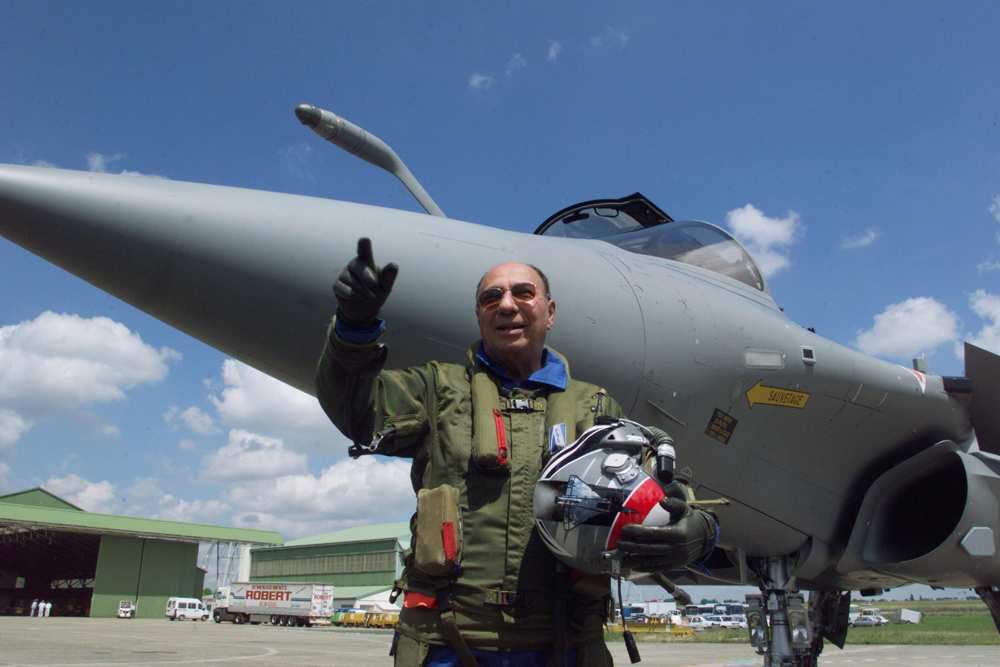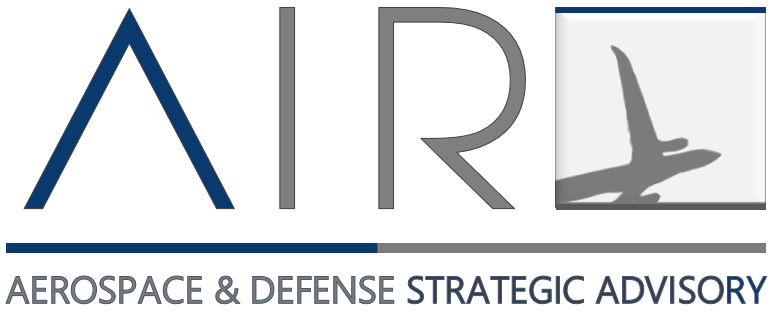Serge Dassault, son of legendary aerospace engineer and industrialist Marcel Dassault, has passed away at his office in Paris yesterday, memorial day, in the United States. He was 93. He led the oldest still active aircraft OEM in the world from 1987 to 2000 before retiring as honorary chairman.
While it is not customary for this analyst to acknowledge the many aviation figures that sadly have left us lately (John Young, Günter Scherer & Alan Bean are recent losses), it is sometimes important to acknowledge the role of a person for his or her contribution to the advancement and transformation of the aerospace industry as we know it today.
Serge Dassault took the helm of the Dassault Group in 1987, at the time of the roll out of the Rafale technology demonstrator, an airplane that has been since emblematic of the ups and downs of St Cloud. We will not make mention of Mr. Dassault’s political career, controversial at times, we leave this to political journalists, for obvious reasons, we will focus on his aerospace achievements.
While leading the company, Serge Dassault faced critical transformational events that redefined the company’solutions and grew it into a more diversified and resilient organization, increasingly able to face the often rarely synchronized commercial and defense market cycles.
When Serge Dassault takes over the company, Mikhaïl S. Gorbachev and Perestroika begin to alter the cold war status quo and initiate what eventually would lead to the dissolution of the USSR. For Dassault, who relies heavily on French Air Force programmes and export of its Mirage 2000 family, Rafale is only a demonstrator and will need to be reexamined to meet changing operational needs and leverage new technology opportunities.
Dassault Aviation needs to change, and is in need of an “industrial revolution” driven by its business jets division and its Dassault Systemes subsidiary who is pionneering its game changing CATIA software. Dassault Aviation becomes one of the first aircraft OEM to implement large scale automation programmes and make increase use of composite materials beyond existing applications.
Post cold war, Dassault Aviation relies heavily on its Falconjet product line sales (2000, 900 and 900EX), while Rafale is being redesigned as a multirole (omnirole) platform. This takes time, everything needs to be invented for the new Rafale C: radar, missiles, engine, ECM… It will take over 15 years for Rafale to reach maturity in a tight budgetary environment and clinch its first exports. In the 1990s, Dassault FalconJet grows to nearly 70 percent of the group’s sale, while the Mirage 2000-5 supports military sales with export successes in Taiwan, the UAE and Qatar. The Desert Storm effect is heavily detrimental to Dassault military sales with the right sizing of the US industry and its subsequent flooding of inexpensive, US government subsidized and superlatively efficient tactical aircraft.
Under Serge Dassault’s leadership, his team transforms processes, leans the company and becomes one of the first company to implement dual use staff, sharing resources between commercial and defense programmes as needed. A practice increasingly common and adopted decades later by the likes of Boeing or Embraer.
With the company forced to reorganize and re-examine its markets, many thought at the time that Dassault would eventually be absorbed by then Aerospatiale (later EADS and Airbus Group), Serge Dassault fought successfully to maintain the independence of his group, thanks to a set of circumstances in the late 90s, and his many connections at the head of the French State. He retired as Chairman of Dassault in 2000.

Photo: Dassault Aviation 1999
